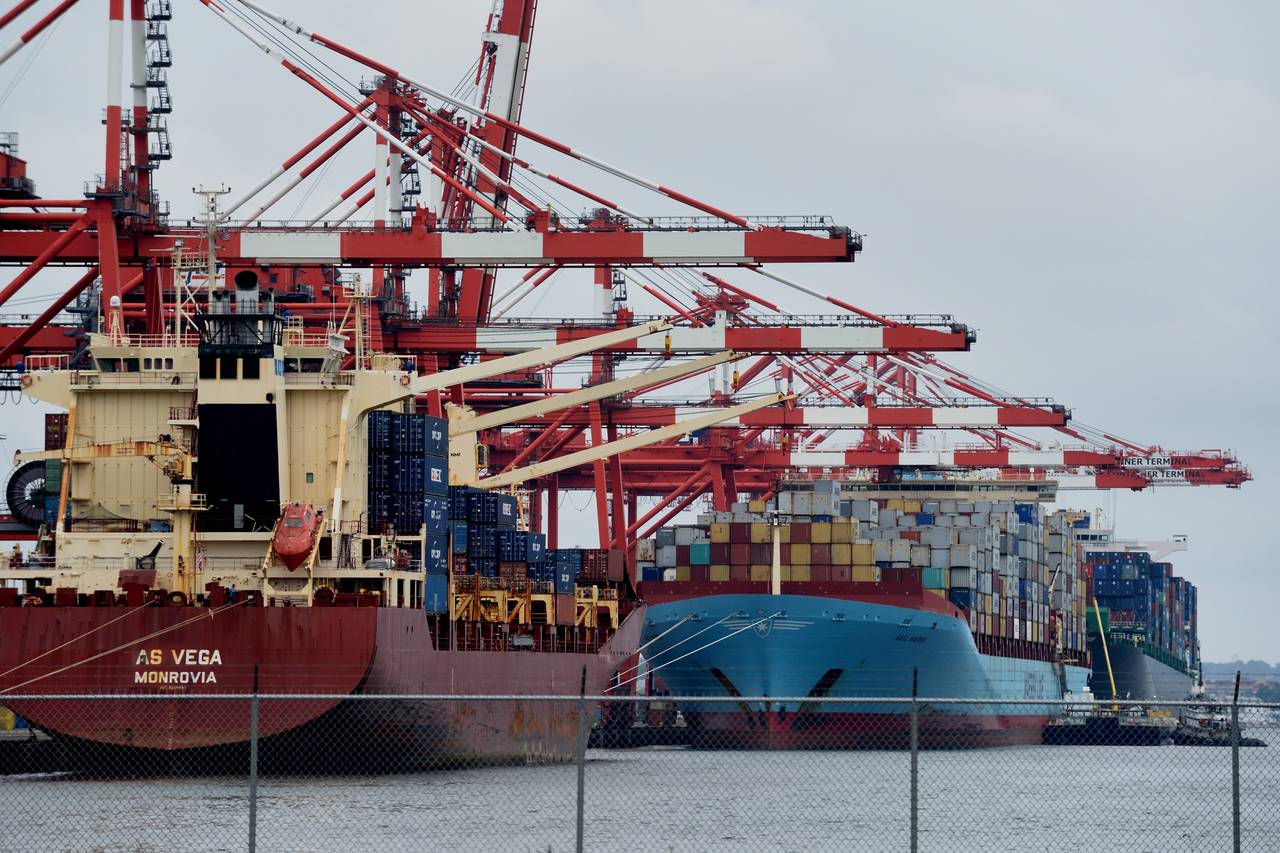The recovery from the financial crisis of 2008-09 is finally expanding beyond a few national economies. Until recently, the recovery from the global financial crisis of 2008-09 was one of the most disappointing seen in the postwar period.
Even as late as last year, many economists were convinced that the world had entered "secular stagnation"—a permanent downshift in economic growth. The anemic global recovery was powered primarily by moderate growth in only a few economies, including the United States, the United Kingdom, and Germany, a senior economist for IHS Markit, Chris G. Christopher, Jr., wrote for SupplyChain Quarterly.
While the previous stages of the recovery were largely based on growth in a small number of countries, worldwide economic growth in the past year—the biggest improvement since 2011—was built on broader foundations. In particular, the economic prospects of the eurozone and Japan, and some large emerging markets, such as Russia and Brazil, have turned around.
"We estimate that the eurozone economy expanded 2.5% in 2017 to achieve its best year of growth since 2007. Labor markets in Europe continue to improve; with inflation falling back in recent months, the weak wage growth that has been seen in some countries will take less of a toll on real household incomes.
The European business climate is likely to remain favorable, and a still-competitive euro should help exports, although political uncertainty related to Italy's elections, the possibility of Catalonian independence, and the ongoing Brexit negotiations remains high.
As of the third quarter of 2017, Japan had experienced its longest stretch of economic growth since 2001. As a consequence, Japan's unemployment rate fell to a 24-year low of 2.7% in November. And despite major structural challenges that are likely to drag down growth in the medium run, the Chinese economy is still showing resilience, with retail sales, exports and housing starts, all making strong showings at the end of 2017.
Economic growth in the United States continues to grow, but at a slower pace. US gross domestic product grew at a 2.6% annualized rate during the fourth quarter of 2017, and the pace of inventory building was well below the sustainable level, which means that inventory investment may likely boost growth in the near term.
The Canadian economy likely roared ahead in 2017 at a 3% rate, and given advances in the labor market and a resilient housing sector, domestic demand looks likely to maintain much of its momentum. Output continues to trend upward, consumer sentiment is climbing and Canada's consumers do not seem bothered by existing debt burdens.
Robust Growth
The outlook for emerging markets continues to improve as well. Commodity prices are still rising strongly, which has stabilized the economies of commodity exporters, and the fall of the US dollar is removing a major source of downward pressure on the currencies of developing economies.
Whereas much of the global economic recovery had been characterized by strength in a few key countries, global growth is now becoming more harmonized. Consequently, world growth is likely to remain robust for at least most of the coming year and probably through 2019.
Interrupting this global expansion would require a large shock. Recently, U.S. and international equities markets have been hit with a wave of selloffs and volatility, but market declines of 10-20% are not unusual; historically, they occur every two or three years. On their own, these declines should not be enough to trigger contraction in the broader economy.
Emerging Price Pressures
What does this mean for inflation? Despite the rally in commodity markets at the end of last year, IHS Markit expects commodity prices to remain within a moderate range. Recent price increases in many sectors are the result of attempts to control supply or of special factors that have disrupted supply chains, such as China's effort to improve air quality and limit waste-material imports. Additionally, in the last week of January commodity markets saw their first decline in 12 weeks.
Still, a sharper-than-expected hike in inflation rates could interrupt the trajectory of economic growth and disrupt global supply chains. If central banks tighten more aggressively than financial markets expect, the damage to confidence and the expansion could be substantial.
The next year could be a turning point for many of the world's major central banks, including the European Central Bank and the Bank of Japan, which will take their feet off the accelerator and may even start to touch the brakes. IHS Markit believes that the Fed will raise interest rates in March. This means that short-term interest rates will be a little higher for the next couple of years, but that inflation is unlikely to spiral out of control.
At present, inflation is still modest, albeit rising, so any scenario in which central banks are forced to suddenly apply the monetary brakes seems at least a year or two away.


